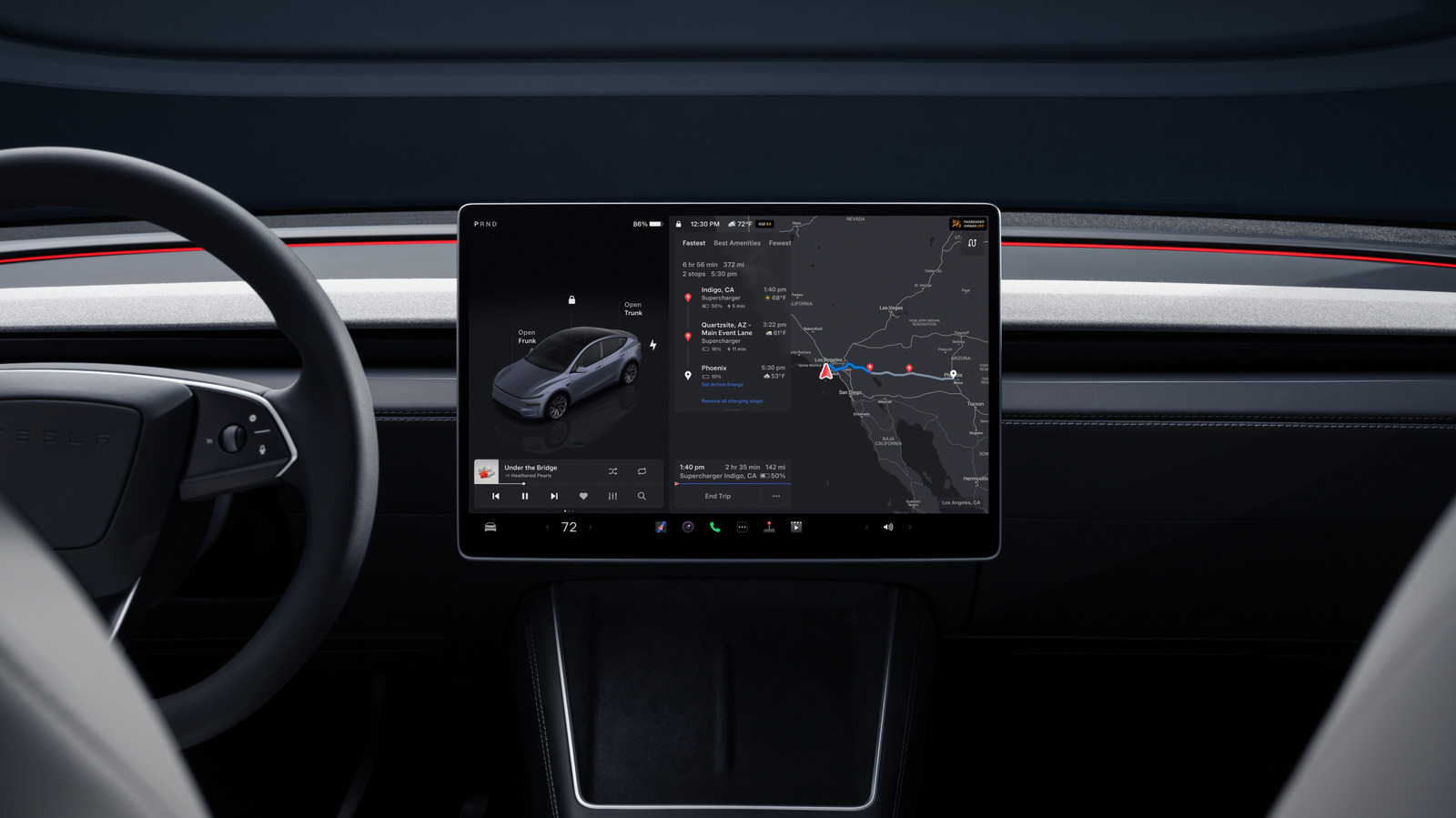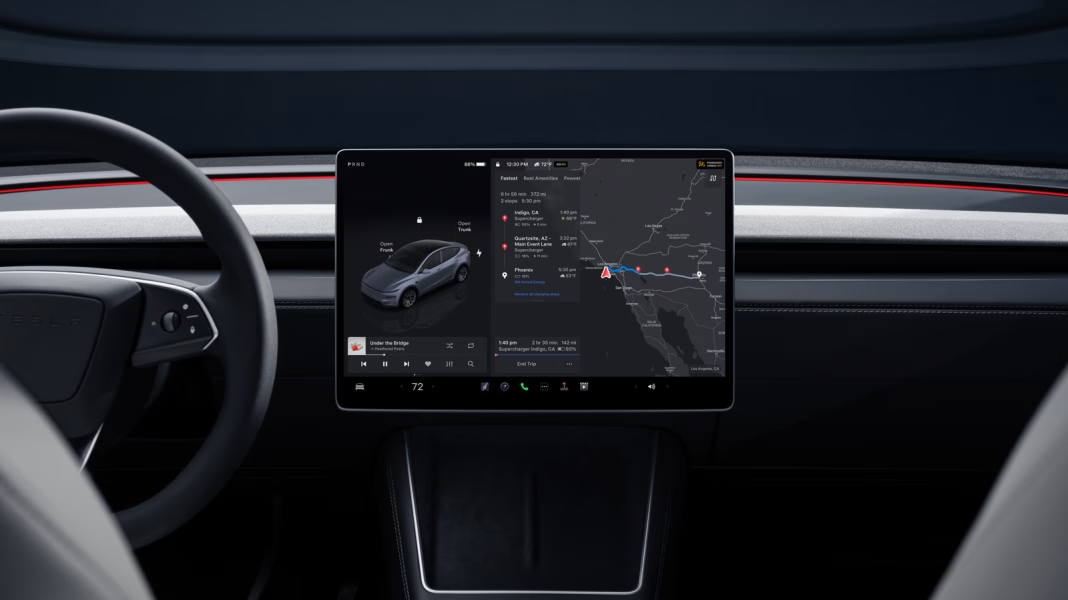Can Tesla Autopilot Really Drive for You? Here’s What You Need to Know
If you’ve spent any time scrolling through social media lately, you’ve probably seen at least one influencer showing off their Tesla’s Autopilot feature. Some even go so far as to suggest it’s the next best thing to a designated driver. But how much of that is hype, and what’s the real story behind Tesla’s Autopilot capabilities?
What Exactly Can Tesla Autopilot Do—and What Are Its Limits?
Let’s clear up the confusion: Tesla’s Autopilot is an advanced driver assistance system, not a fully autonomous driving solution. It can handle tasks like adaptive cruise control, lane centering, and even some highway lane changes. But—and this is crucial—it still requires the driver’s full attention. Tesla’s own documentation makes it clear: hands on the wheel, eyes on the road, always ready to take over.
Despite the impressive tech, Autopilot can’t navigate complex city streets, construction zones, or unpredictable situations without human intervention. The National Highway Traffic Safety Administration (NHTSA) has repeatedly emphasized that no commercially available vehicle, including Teslas, is capable of fully autonomous driving as of 2024.
Why Are Influencers Misleading People About Autopilot?
It’s easy to see why influencers might exaggerate. A viral video of a car “driving itself” racks up views and followers. But these stunts often ignore the fine print—and the real risks. In 2023, a study from the Insurance Institute for Highway Safety (IIHS) found that drivers using partial automation features like Autopilot tend to become less attentive over time, especially if they believe the system is more capable than it actually is.
There have been well-publicized incidents where drivers misused Autopilot, sometimes with tragic results. In several cases, drivers were found to be distracted or even asleep at the wheel, mistakenly trusting the system to do more than it can. These incidents have prompted investigations by both the NHTSA and the National Transportation Safety Board (NTSB).
How Safe Is Autopilot Compared to Human Drivers?
Tesla often cites its quarterly safety reports, which suggest that vehicles using Autopilot are involved in fewer accidents per mile than those driven manually. However, experts caution that these numbers can be misleading. For one, Autopilot is mostly used on highways—where accidents are statistically less common—while manual driving covers all types of roads, including riskier city streets.
A 2023 analysis by Consumer Reports highlighted that while Autopilot can reduce driver workload on well-marked highways, it’s not infallible. The system can struggle with faded lane markings, sudden obstacles, or unusual traffic patterns. And when it does, the expectation is that the driver will instantly take control—a split-second that can make all the difference.
What’s the Real-World Experience Like for Everyday Drivers?
Talk to Tesla owners, and you’ll hear a mix of admiration and caution. Many appreciate the convenience of Autopilot on long drives, especially for maintaining speed and distance in traffic. But most also admit they wouldn’t trust it to handle every situation. One owner described it as “a helpful co-pilot, not a chauffeur.”
There’s also the issue of over-the-air updates. Tesla regularly pushes new features and improvements, which means the system’s capabilities can evolve over time. That’s exciting, but it also means drivers need to stay up-to-date on what their car can—and can’t—do after each update.
What Do Experts Recommend for Using Autopilot Safely?
The consensus among safety experts is clear: treat Autopilot as a tool, not a replacement for attentive driving. The American Automobile Association (AAA) recommends that drivers using any advanced driver assistance system keep their hands on the wheel and remain alert at all times. If you’re feeling drowsy or distracted, it’s time to pull over—not to rely on Autopilot.
It’s also wise to familiarize yourself with the system’s limitations. Read the manual, pay attention to in-car warnings, and don’t assume that what you see on social media reflects reality. As tempting as it might be to show off your car’s tech, remember that safety should always come first.
The Big Takeaway? Autopilot isn’t about perfection—it’s about smarter adjustments. Start with one change this week: keep your hands on the wheel, stay alert, and treat Autopilot as an assistant, not a substitute. You’ll likely spot the difference by month’s end—and so will everyone sharing the road with you.


